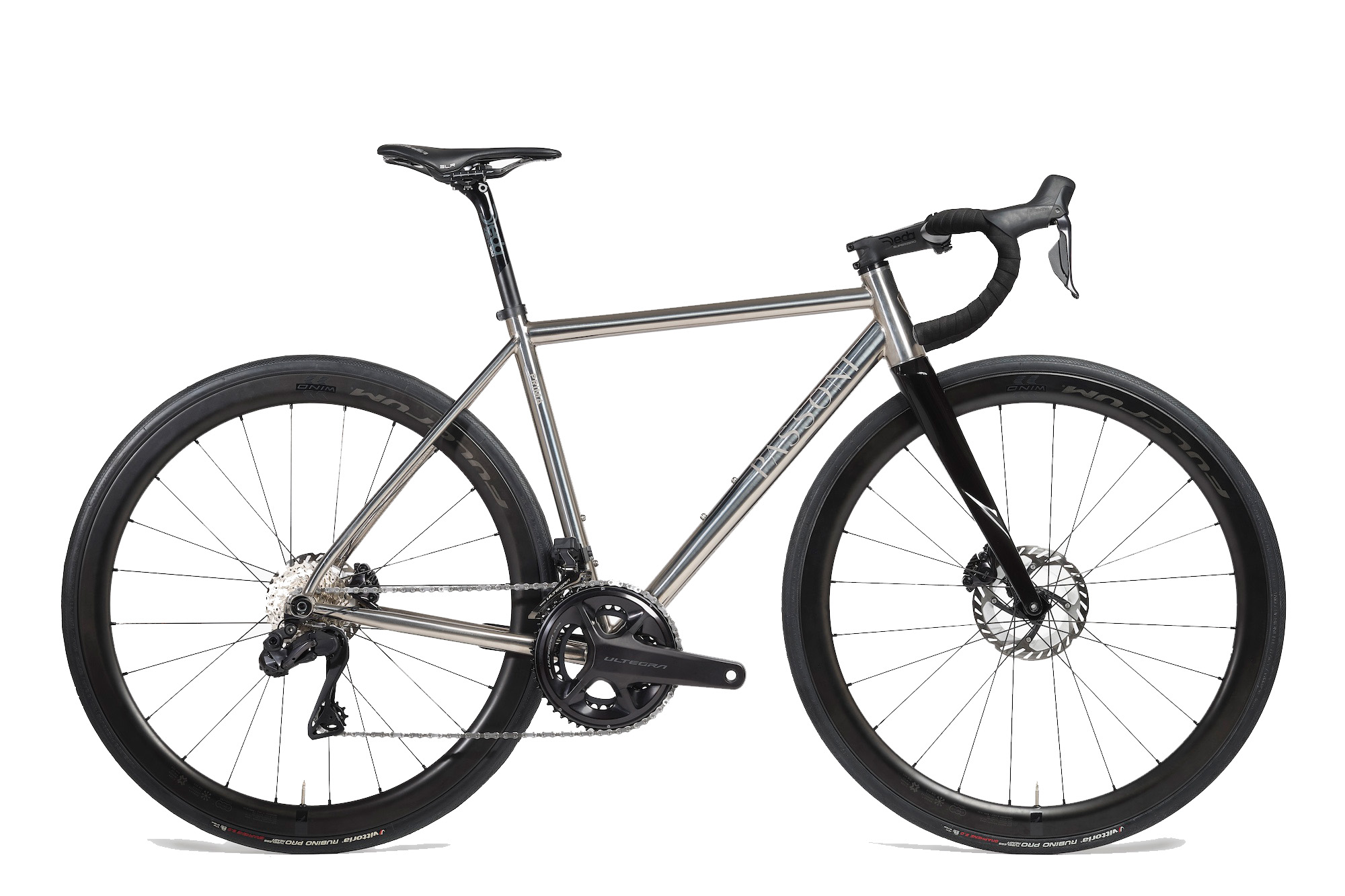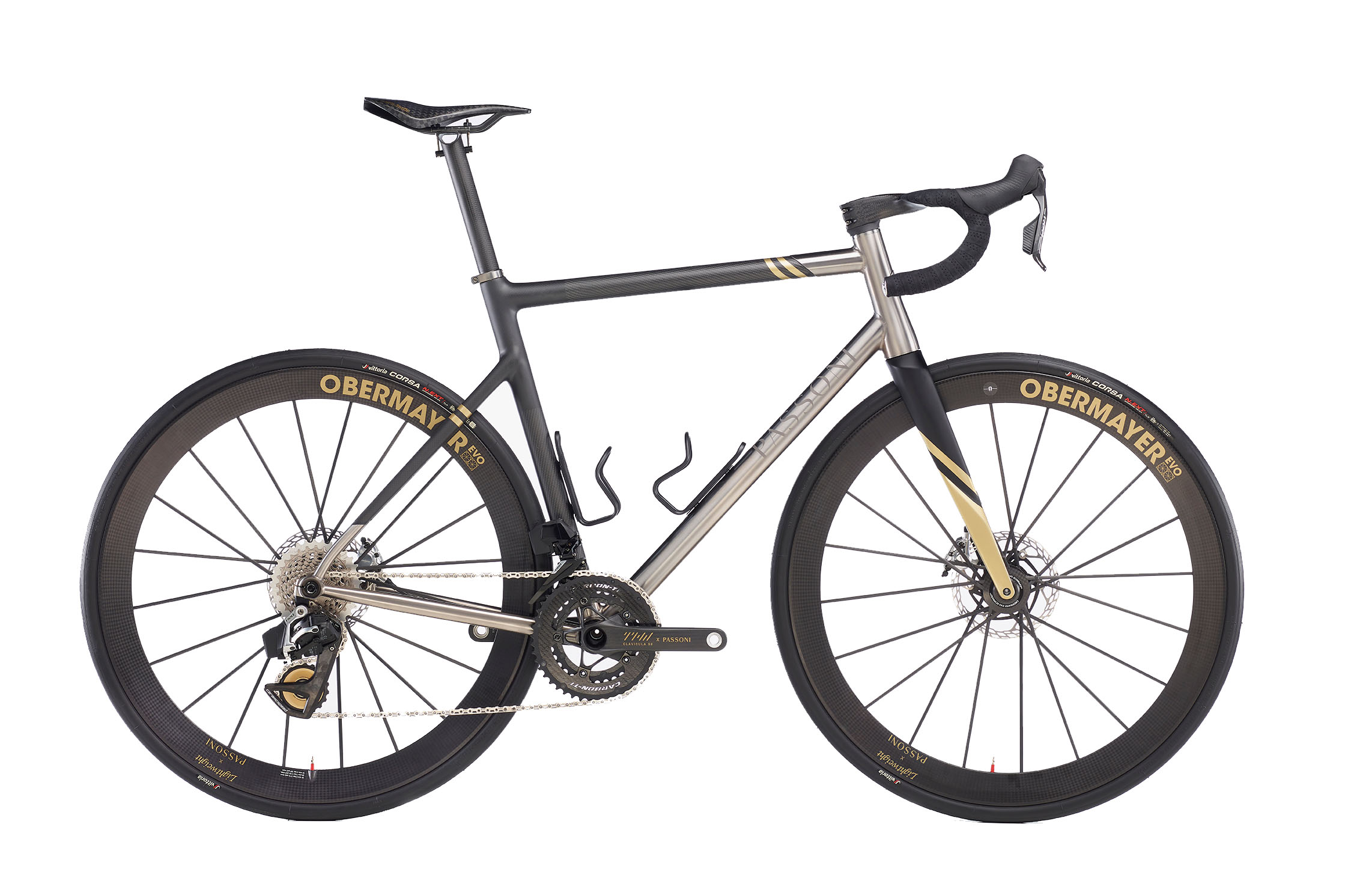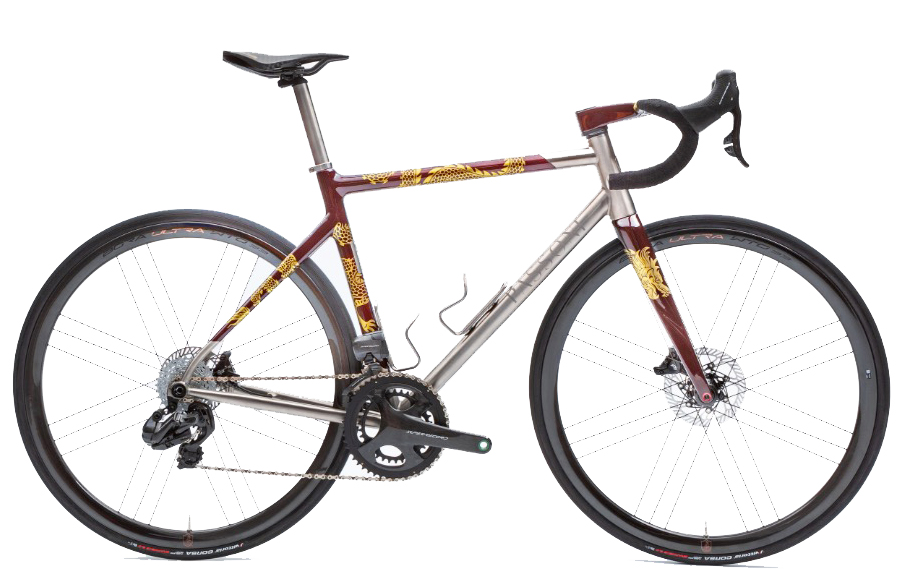The stem on your bicycle does much more than hold the bars in place. By changing its length and angle, you can tailor your riding position. At the same time, varying stem length can drastically affect the bike’s handling. However, it’s often also necessary to consider the rider’s proportions when adjusting the stem’s size. Also, different riding styles tend to be best served by bikes built with longer or shorter stems. That’s a lot of things to consider when selecting a single component.
Happily, Paulo Ricco, Passoni’s Production Director and bike-fitting expert, is ready to help unpick these variables.
“The length of the stem depends on the size of the frame,” says Ricco. “Most of the time, the shorter the bike, the shorter the stem”.
A bike fitting will help determine the perfect distance from the rider to the handlebars. This dictates your position when sitting on the bike. The ideal distance across the top of the bike is then divided into two parts: the length of the top tube and the length of the stem.
“On a small bike, the top tube must be of a certain length so that the rider’s feet don’t overlap the front wheel”, says Ricco. This means stem length on very small bikes is kept to a minimum to balance the longer top tube.
However, as riders and frames grow in size, you gain greater freedom to modify the length of the stem. But why would you choose a longer or shorter one?
Put simply, a short stem provides more direct handling, while a longer stem feels more stable. Either extreme on this spectrum can be unpleasant. On road bikes, standard lengths on mid-size models have settled at around 100mm.
“For our small road bikes, we normally use 90 or 100mm,” says Ricco. “For medium sizes, you have around 100mm. For larger ones, 110 or 120mm”.
“Generally, a shorter stem will improve handling,” says Ricco. “The fashion is to go slightly shorter, even on bigger frames. Handling is better with a shorter stem. If you look at mountain bikes, everyone uses very short stems for this reason.”
Yet a glance around the pits at any road race will prove the archetypal pro bike remains one with a petite frame paired with an elongated and slammed stem. This combination of a long reach and a significant drop puts the rider into a low position that’s good for generating power and also more aerodynamic.
Is this something the amateur rider might also benefit from?
“You can use a longer stem to get a more aggressive position,” says Ricco. “But only if you have the physique to handle it”.
Borrow a pro’s bike, and you’ll first think, ‘Wow, this feels fast’. You’ll next think, ‘Wow, this is uncomfortable’.
Elite riders need strong legs and a big heart. However, they also require greater core strength and flexibility than the average rider. Their priority is building a bike to go as fast as possible, even if this negatively affects how it rides.
“The longer stems you see on their bikes come at the expense of handling and comfort,” says Ricco. “So you’re not going to see a 130 or 140mm stem on our bikes. It’s too much”.
Stem length and the custom bike
So, now you have an idea of the stem length you’d like. In an ideal world, you’d be free to buy it and pop it onto your bike. Unfortunately, if you’re riding a stock frame, your stem will also be called upon to help balance the length of the top tube against the reach required by its rider. Your proportions dictate your ideal position, while stock frames also come in a set size. The stem makes up the difference, and adding or subtracting a centimetre or two is a standard way to get the correct reach. Unfortunately, what’s best in terms of bike fit and what’s best for handling don’t always align. There’s usually some compromise when riding a stock bicycle.
The alternative is a fully custom frame. “When we do a bike fitting, we work out three points,” says Ricco. “The position of the saddle, the position of the pedals, and where you put your hands”.
When designing a custom bike for a client, Ricco starts with the location of the hands and works backwards. This means it’s possible to select the ideal stem length and then match it to the frame.
“If I’m starting with a blank piece of paper, I can go backwards from these three points and balance everything perfectly,” says Ricco. “But if I start from an existing frame, where the stack and reach are fixed, then I have to choose a stem based on that”.
The result is a perfectly harmonious design. This looks attractive and ensures each component is chosen purely because of its qualities. In the case of a custom bicycle, the stem can be selected solely to provide the handling the rider desires, not to accommodate a mismatch between rider and frame.
You can find our exclusive range of made-to-measure bikes here.


 Ready-to-ride
Ready-to-ride Made-to-measure
Made-to-measure Special edition
Special edition